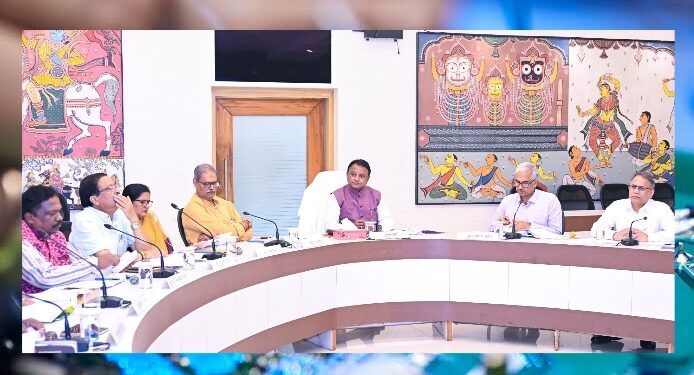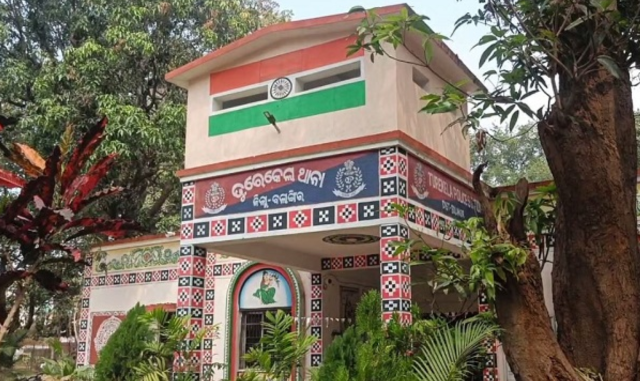The Odisha government has launched the Electronics Component Manufacturing Policy 2025, aiming to transform the state into a major electronics hub and reduce India’s dependence on imported components.
The new policy introduces a comprehensive incentive framework, fully matching the central government’s Electronics Component Manufacturing Scheme (ECMS). Investors can opt for a 50% capital subsidy for the first five large-scale projects or choose a combination of matching subsidies, turnover-linked incentives, and additional capital support.
Key benefits include land allocation, rental reimbursements, electricity duty and power tariff assistance, and a 10-year exemption on various charges. Special provisions have been announced for mega projects investing over Rs 500 crore or generating more than 1,000 jobs, with customized concessions to encourage large-scale investment.
The move aligns with the national Make in India vision and seeks to generate high-skilled employment, boost local manufacturing, and stimulate industrial growth in Odisha.
The ECMS, approved by the Union Cabinet in 2025, addresses India’s continued dependence on imported electronic components despite growth in assembly and finished goods production. It focuses on attracting global and domestic investments, increasing Domestic Value Addition (DVA), enhancing technological capabilities, and integrating Indian companies with global value chains.
The scheme prioritizes the manufacturing of passive components such as resistors, capacitors, and inductors, which are widely used in consumer electronics, automotive, and defense industries.
With this dual approach, Odisha aims to establish a self-reliant electronics ecosystem, driving industrial expansion and strengthening its position as a key contributor to India’s electronics manufacturing sector.





























